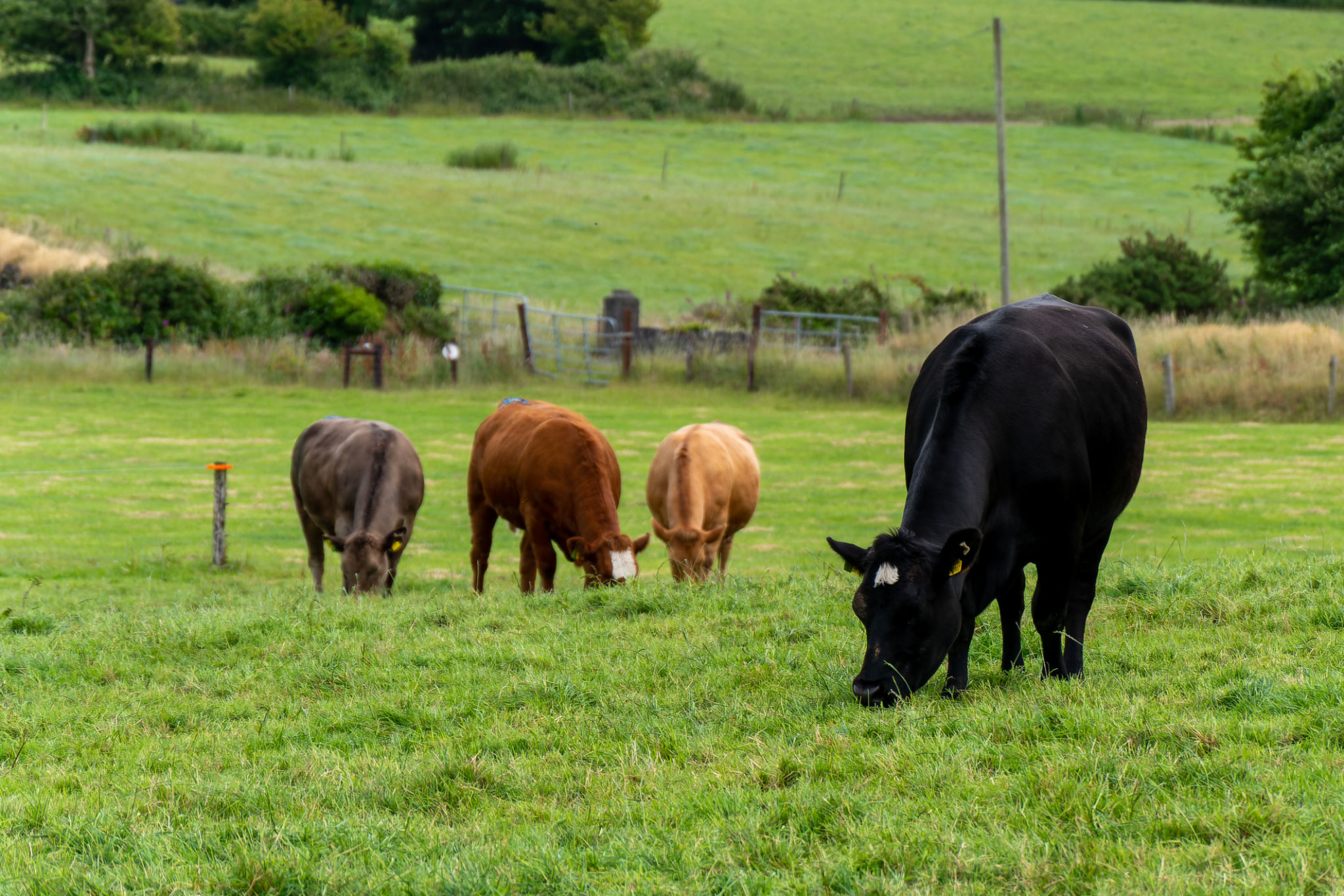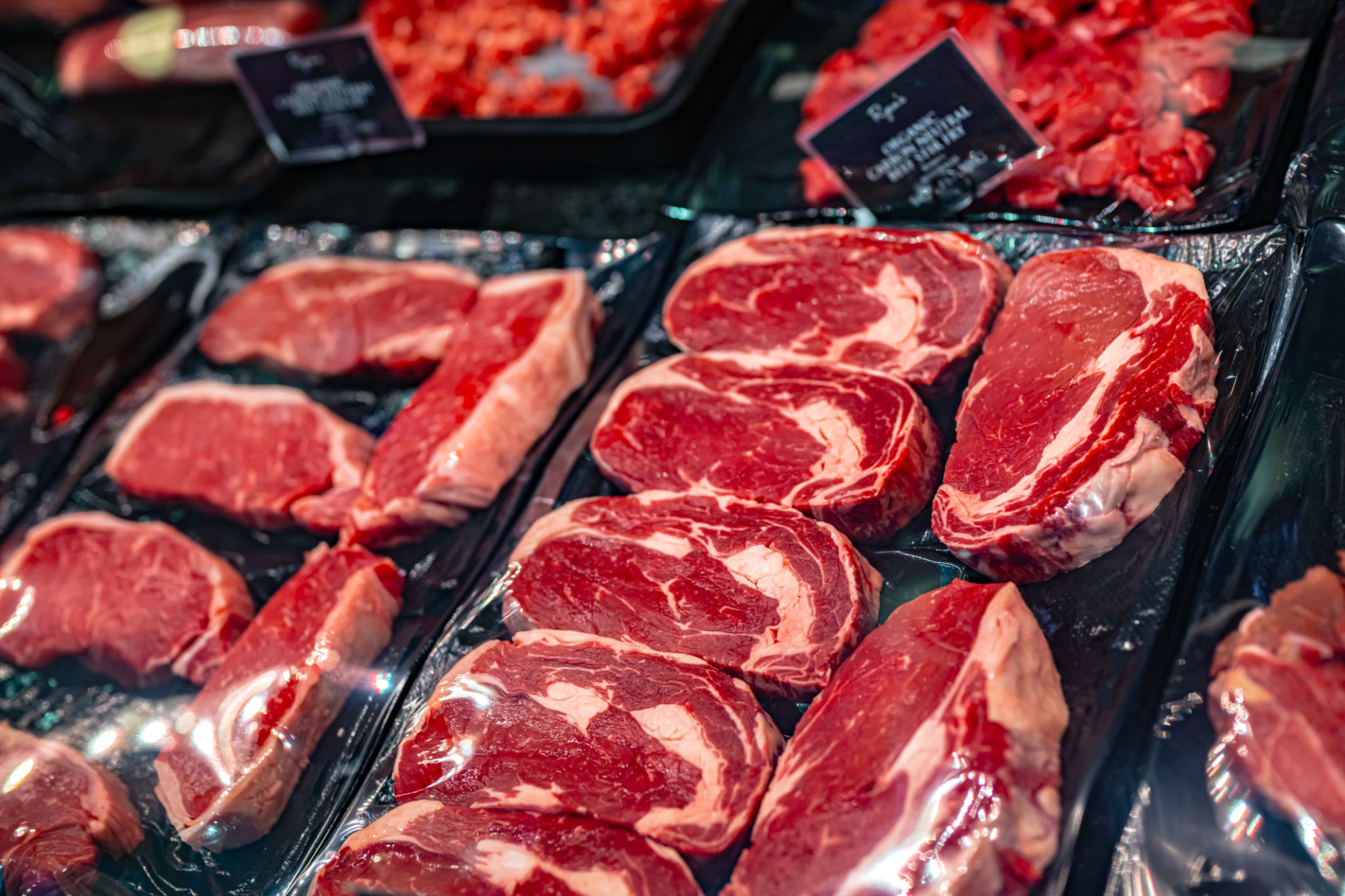Beef and the Mercosur Deal: Implications for Irish Farmers
Introduction
The EU–Mercosur trade deal has been dragging on for over two decades, but now it looks like Brussels is ready to sign it off. For Irish beef farmers, it’s not some faraway trade story. It’s about cattle prices, family farm incomes, and whether suckler farming can keep its footing when margins are already stretched.

The Deal in Numbers
The headline figure is 99,000 tonnes of beef coming into the EU every year from Brazil, Argentina, Uruguay, and Paraguay, with a reduced 7.5% tariff. On paper, that’s only about 1.5% of EU beef consumption, but the detail matters. It’s not mince or low-value cuts, it’s steaks, striploins, fillets. Exactly the kind of beef Irish processors depend on to fetch the better prices in France, Germany, the Netherlands, and Italy.
Ireland exports roughly 440,000 tonnes of beef a year, worth €2.8 billion. When you compare that with the Mercosur quota, the volumes may not look huge, but it’s targeted competition in the exact same space we sell into. That’s why Irish farmers are rightly paying attention.

Irish Farmers’ Concerns
Margins in beef farming are already among the thinnest in Irish agriculture. Incomes on cattle-rearing farms averaged just €7,400 in 2023, and while 2024 saw them bounce back by almost 30% to around €9,500, that’s still the lowest across all farm systems. Beef finishers fared slightly better at about €17,000, but even that doesn’t compare with dairying, where the average is closer to €80,000.
The real worry is how fragile the suckler system is. Only 11% of cattle-rearing farms are considered viable, while nearly 70% are classed as vulnerable or non-viable. A price drop of just €0.10–0.15/kg could knock €50–60 off every finished animal. For a 40-cow suckler herd, that’s a hit of €2,000–2,400 a year. When your income is already tight, that’s a real blow.

Competition from South America
Mercosur countries are beef powerhouses. Brazil alone produces over 10 million tonnes a year, making it the world’s biggest exporter. Argentina and Uruguay are also major players. Their production costs are much lower than ours, land is cheaper, labour is cheaper, and their regulatory systems are lighter.
What really matters for Ireland is where this beef will land. The quota isn’t going into burger chains; it’s premium cuts heading for supermarket shelves in the EU. That’s the same turf Ireland fights to hold. And while Irish beef has a strong “grass-fed” reputation, it’s worth noting that Uruguay also sells its beef as pasture-raised, hormone-free, and traceable. In other words, branding alone won’t keep us safe.

Environmental and Standards Debate
This is where the deal feels lopsided for many. Irish farmers are asked to do more every year on climate and water, from a reduced nitrates derogation of 220 kg N/ha, to mandatory low-emission slurry spreading, to ever stricter audits. These add cost, time, and paperwork.
Meanwhile, parts of Mercosur beef production are linked to deforestation and looser animal welfare controls. The deal includes commitments on sustainability and deforestation cut-offs, but farmers here are understandably sceptical about how strictly those rules will be policed. From an Irish point of view, it feels unfair: heavy regulation at home, lighter regulation abroad, and all of us selling into the same market.

The Bigger Trade Context
It’s also worth stepping back. This isn’t just a beef deal. The EU–Mercosur agreement covers nearly 780 million peopleand removes tariffs on over 90% of traded goods. European carmakers, machinery firms, and dairy processors are lining up to benefit.
Beef has become the bargaining chip. That’s the reality, Irish farmers are carrying the cost of Europe’s wider trade ambitions. And while the deal makes sense in Brussels, on the ground in rural Ireland it’s a harder sell.

Safeguards and Supports
The EU has included some safety nets. There’s a €1 billion agricultural crisis fund for farmers affected by trade shocks, and so-called “safeguard measures” that would allow tariffs to be reintroduced if imports hammer the market. But farmers are understandably cautious. By the time Brussels acts, prices could already have fallen, and those lost margins are rarely recovered.

Could There Be Upsides?
It’s not all one-way traffic. Ireland has a strong reputation for grass-fed, hormone-free beef, and that’s still a valuable card to play. If Mercosur beef competes mainly on price, we may be better off doubling down on premium niches. PGI (Protected Geographical Indication) status for Irish Grass-Fed Beef could help carve out that space.
There’s also the question of market dependence. With 90% of Irish beef exported, most of it to Europe, we’re vulnerable to any market shift. Diversifying into Asia, the Middle East, and North Africa, where beef demand is climbing, could help spread that risk.

Conclusion
The Mercosur deal won’t collapse Irish beef farming overnight. But it will turn up the pressure on a sector that’s already stretched thin. On the downside, extra imports could chip away at prices and leave family farms even more exposed. On the upside, it might force Ireland to sharpen its brand, target higher-value niches, and look beyond Europe for new markets.
Either way, the message is clear: Irish beef farming can’t afford to stand still. The sector will need stronger lobbying, smarter marketing, and a clear focus on what makes our beef different if it’s going to stay competitive in a changing global market.
*By Anne Hayden MSc., Founder, The Informed Farmer Consultancy.
